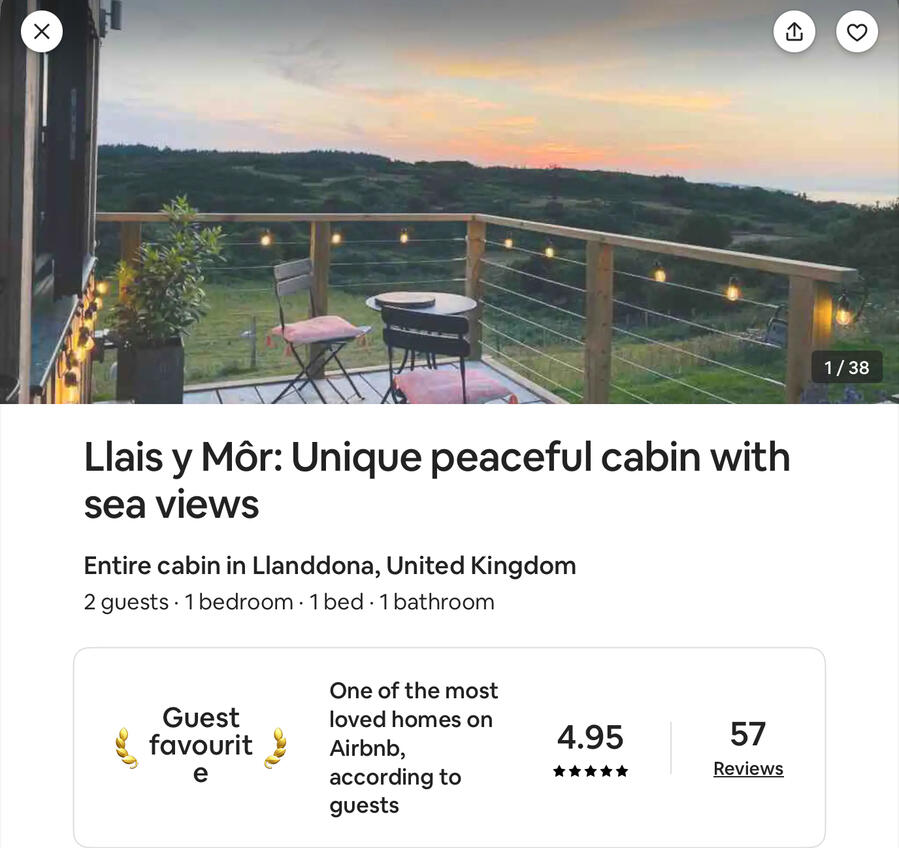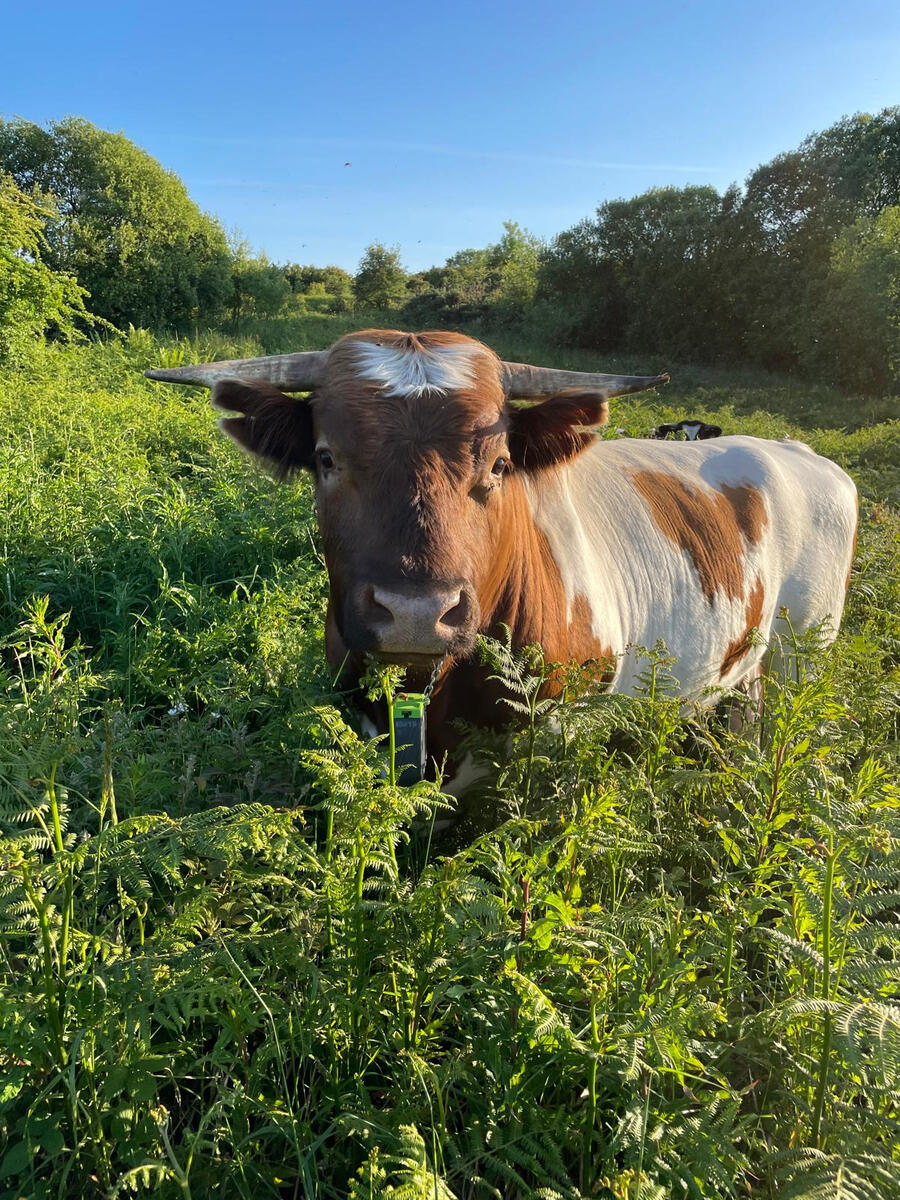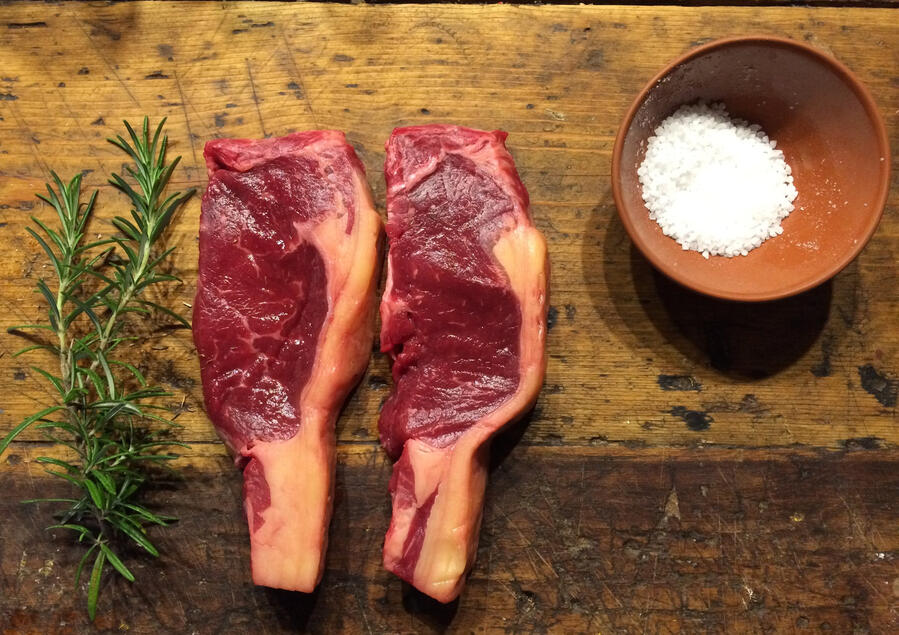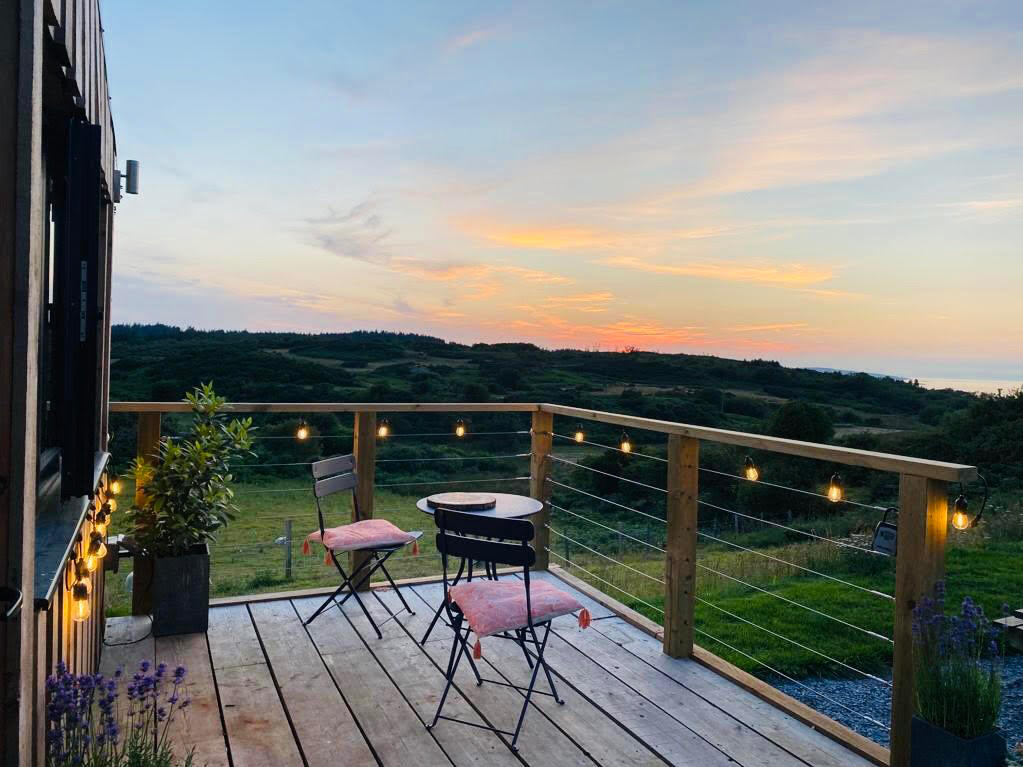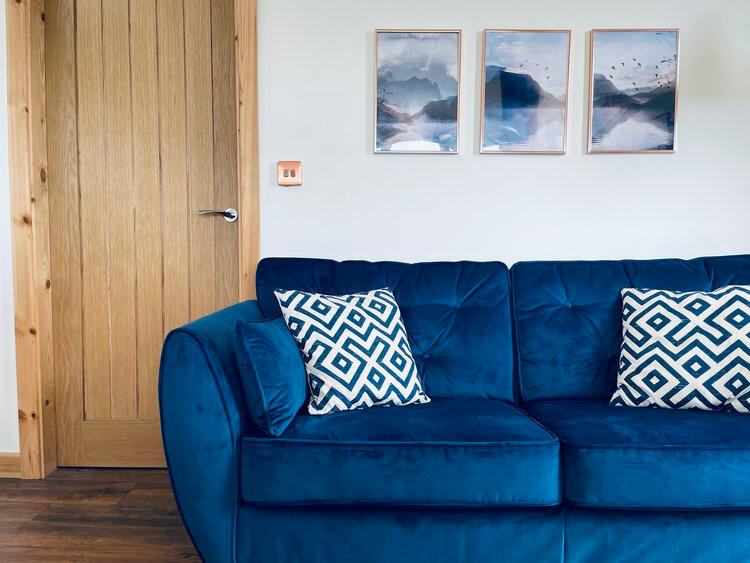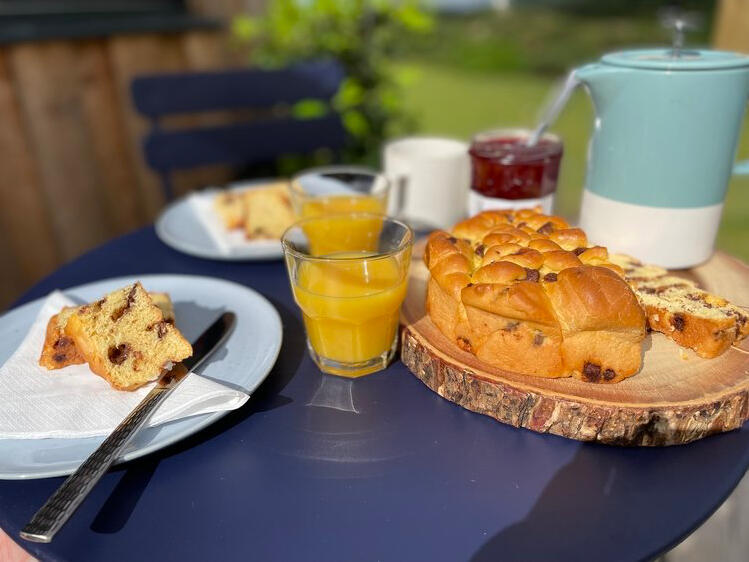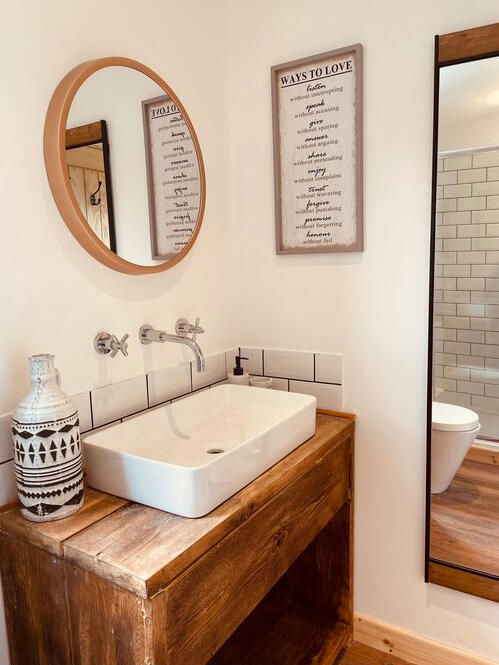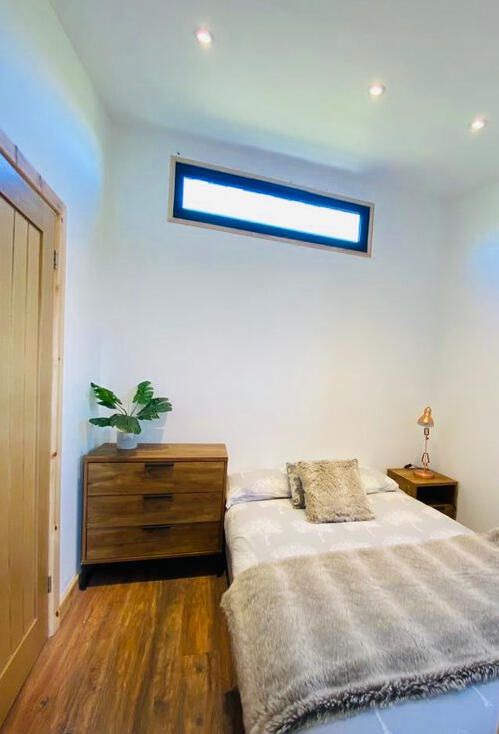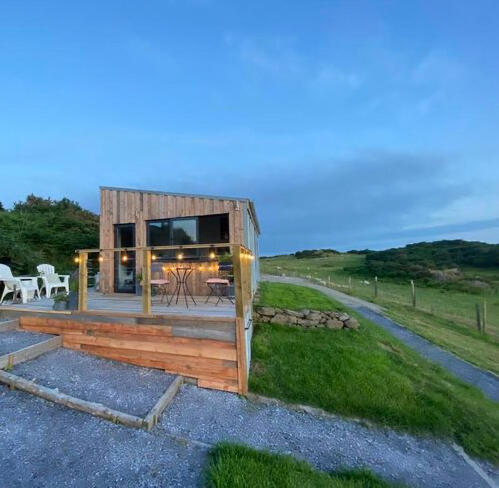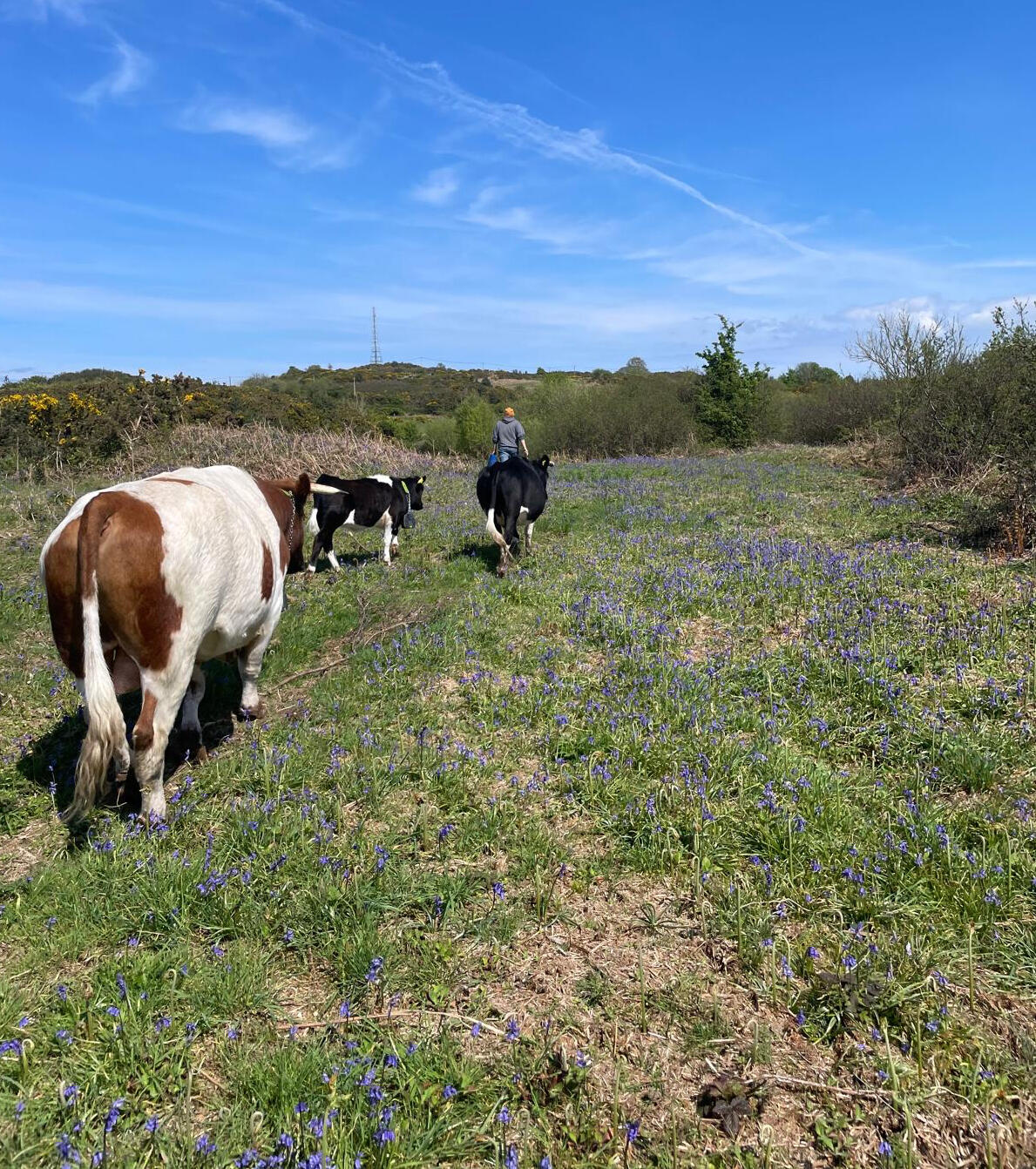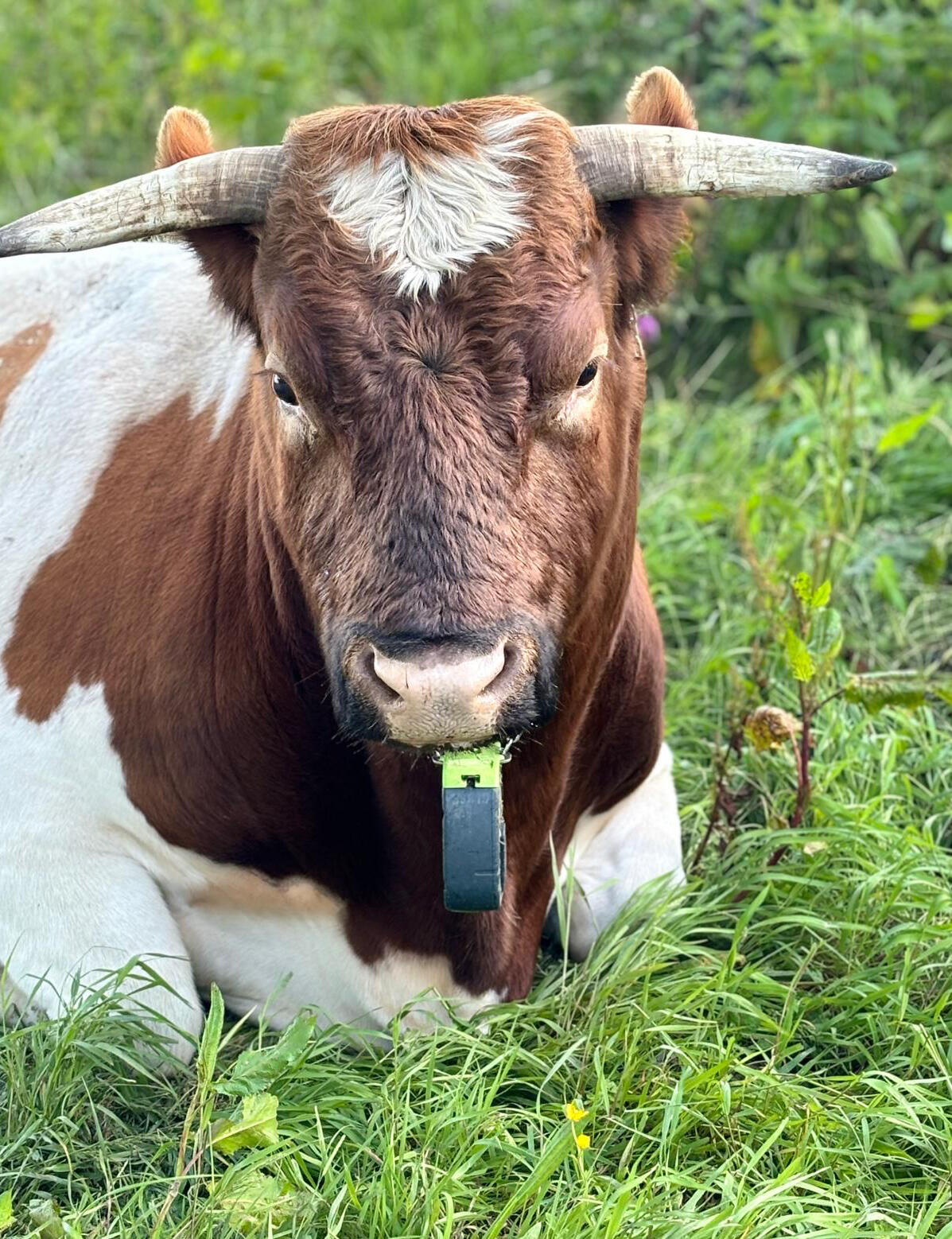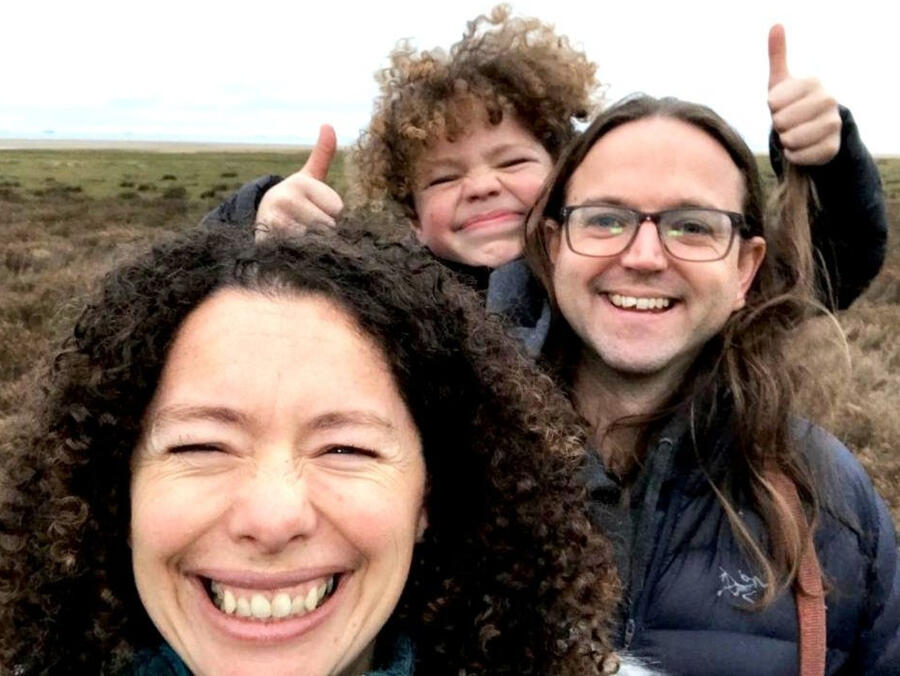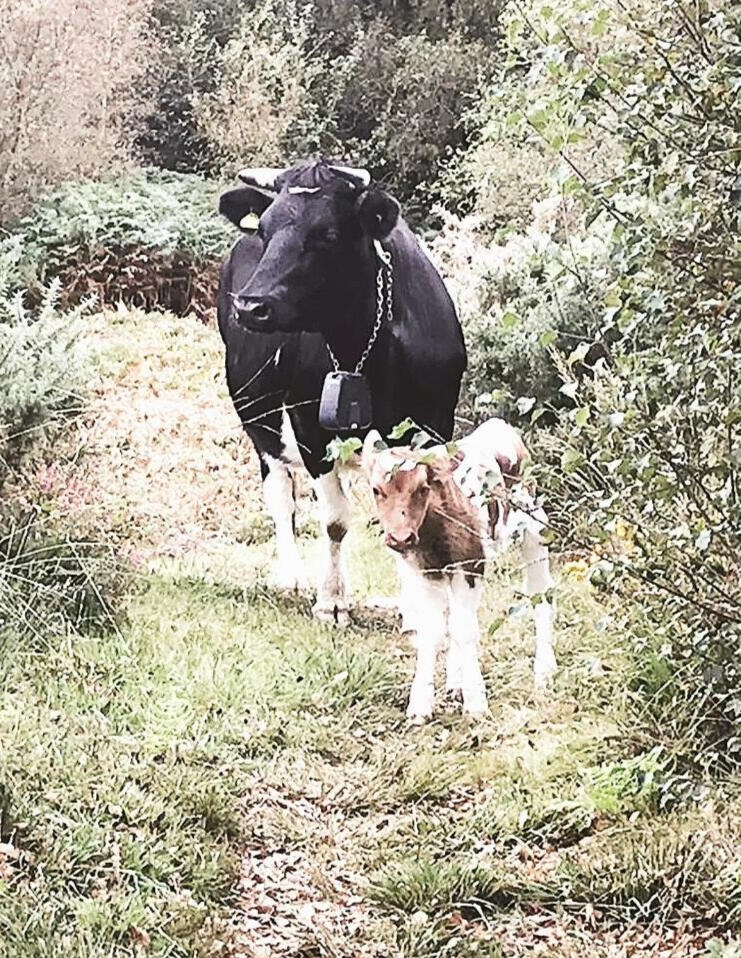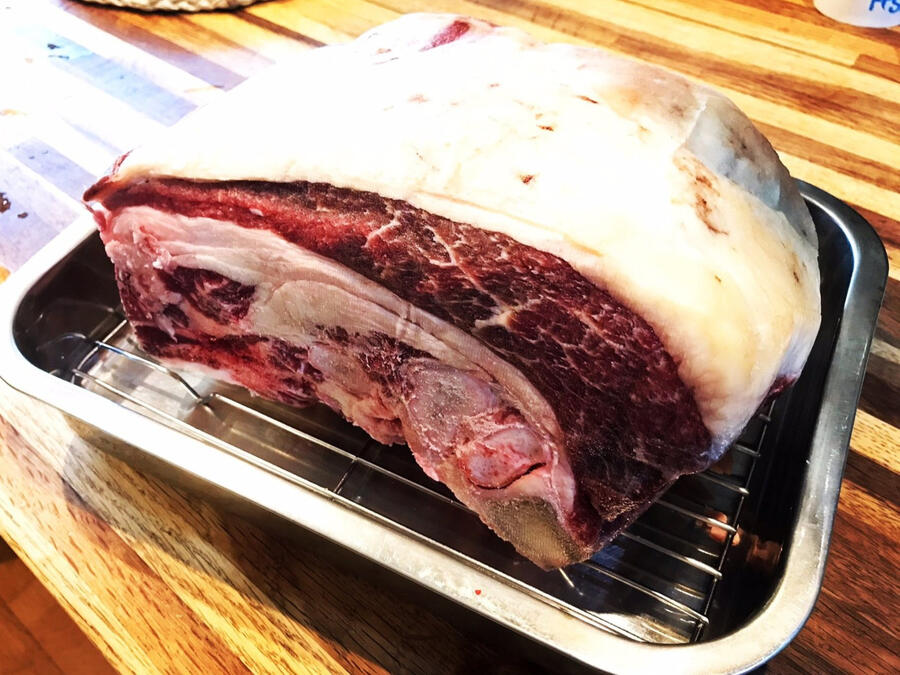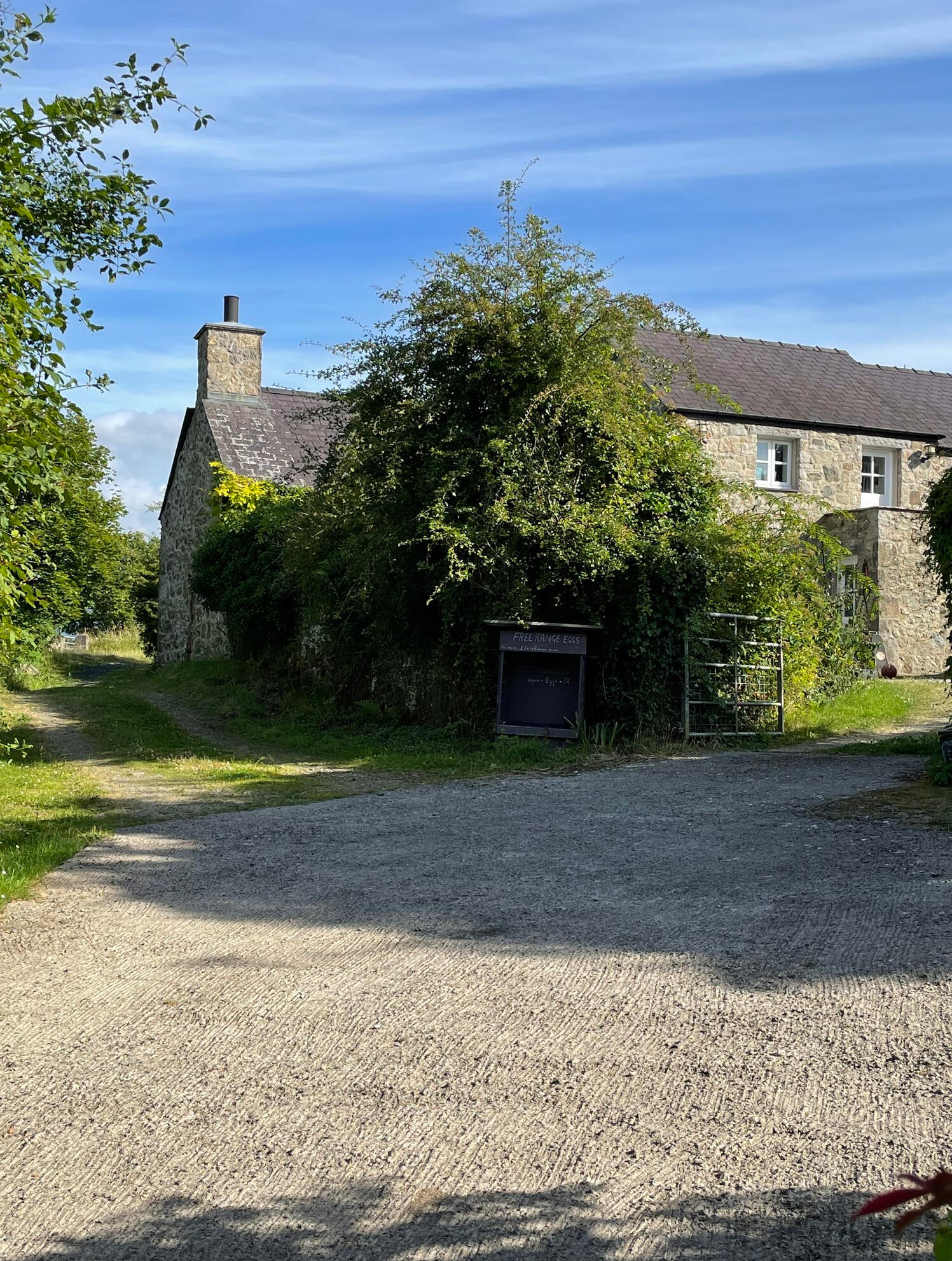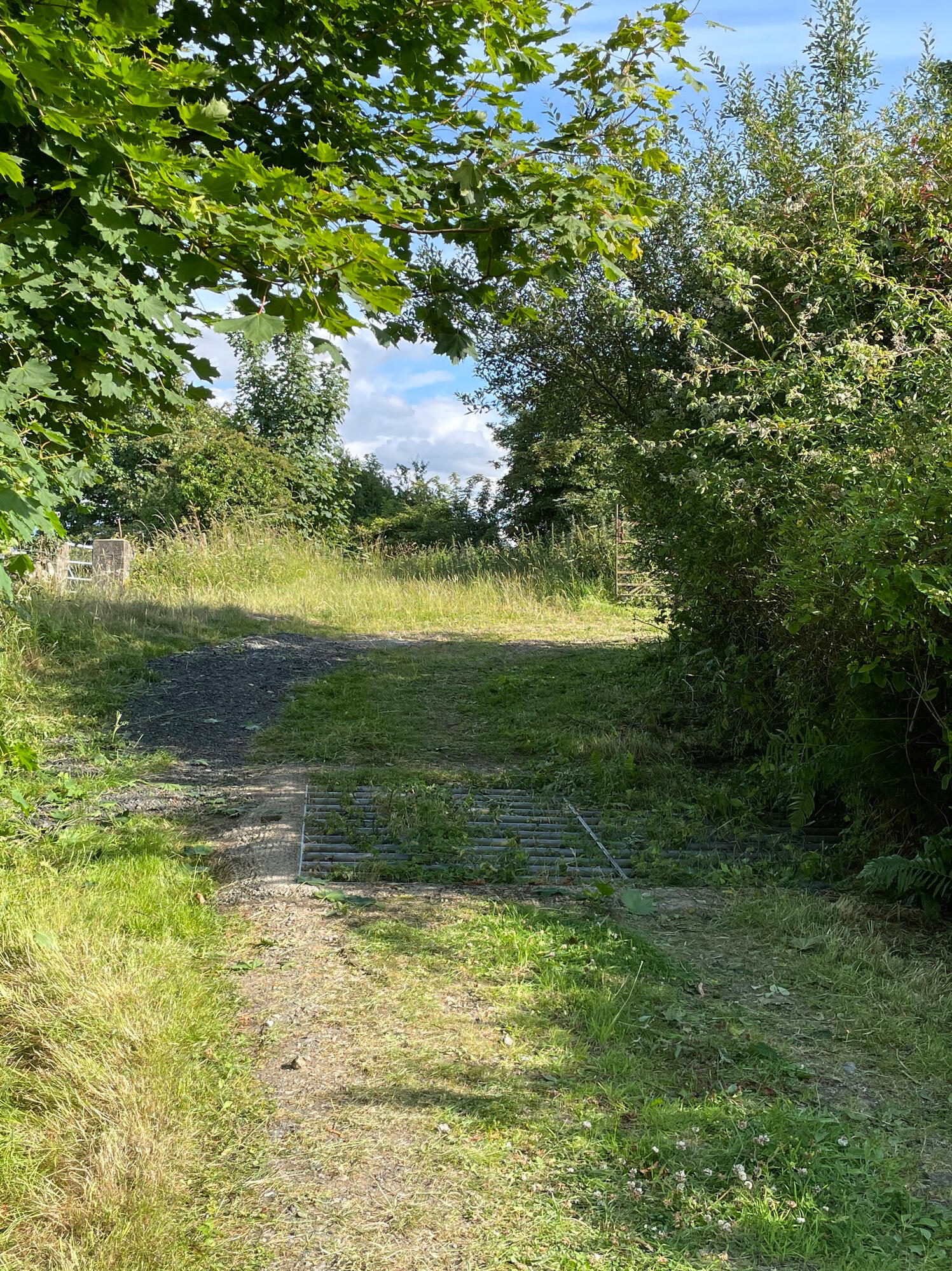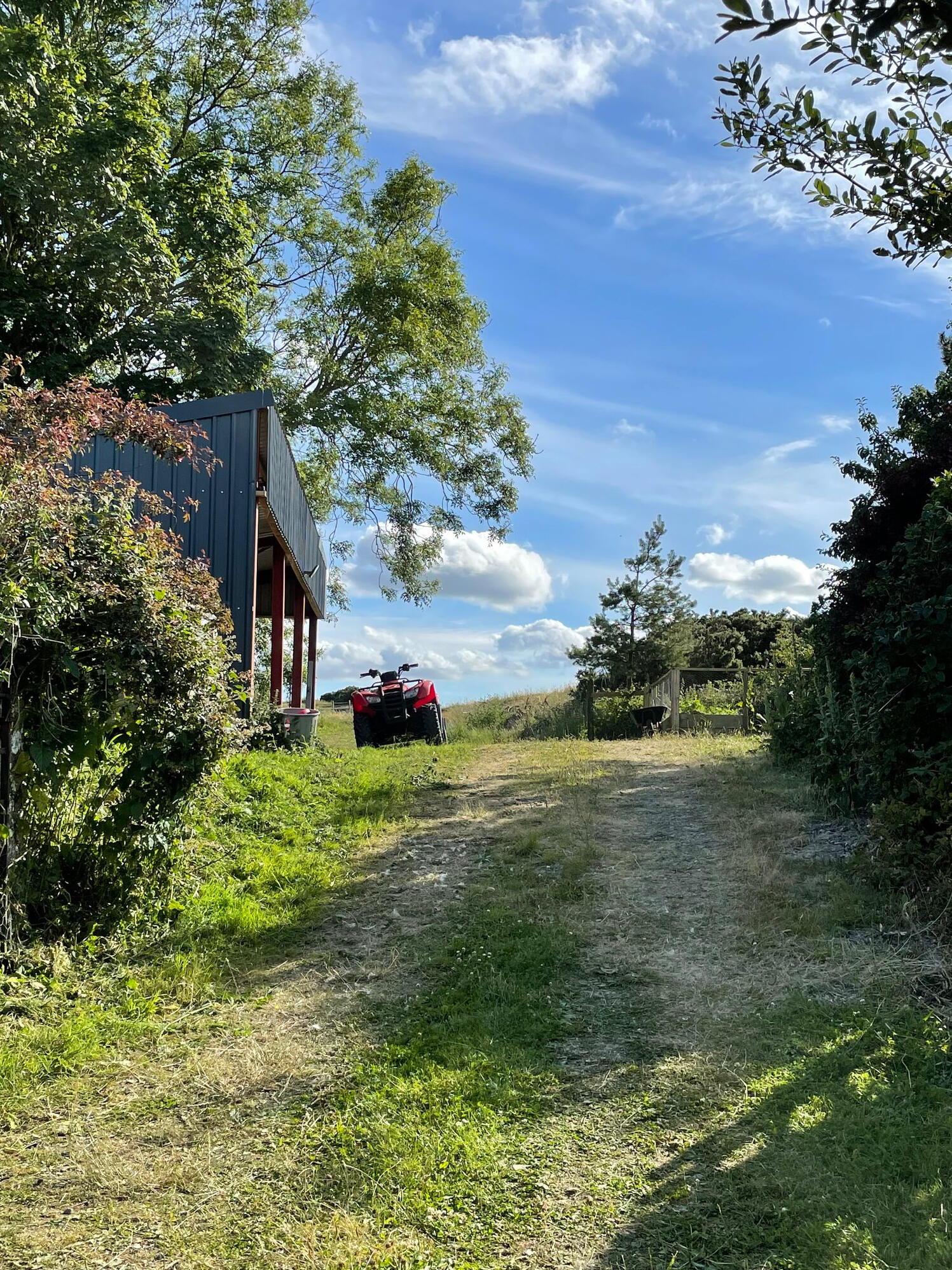
Llais Aderyn
Cabin. Cows. Conservation. Ynys Môn. Wales.
Llais y môr cabin accomodation
Perfectly designed for the professional couple to escape into nature. Stay in our remote peaceful cabin. Designed by Evergreen architects. Built with love ❤️ from locally sourced and sustainable materials 🐏🪵.
Conservation grazing herd
We run a small team of bio diversity engineers (Rarebreed shetland cattle) powered by grass using the no-fence digital boundary system.
LlAIS Y MÔR CABIN
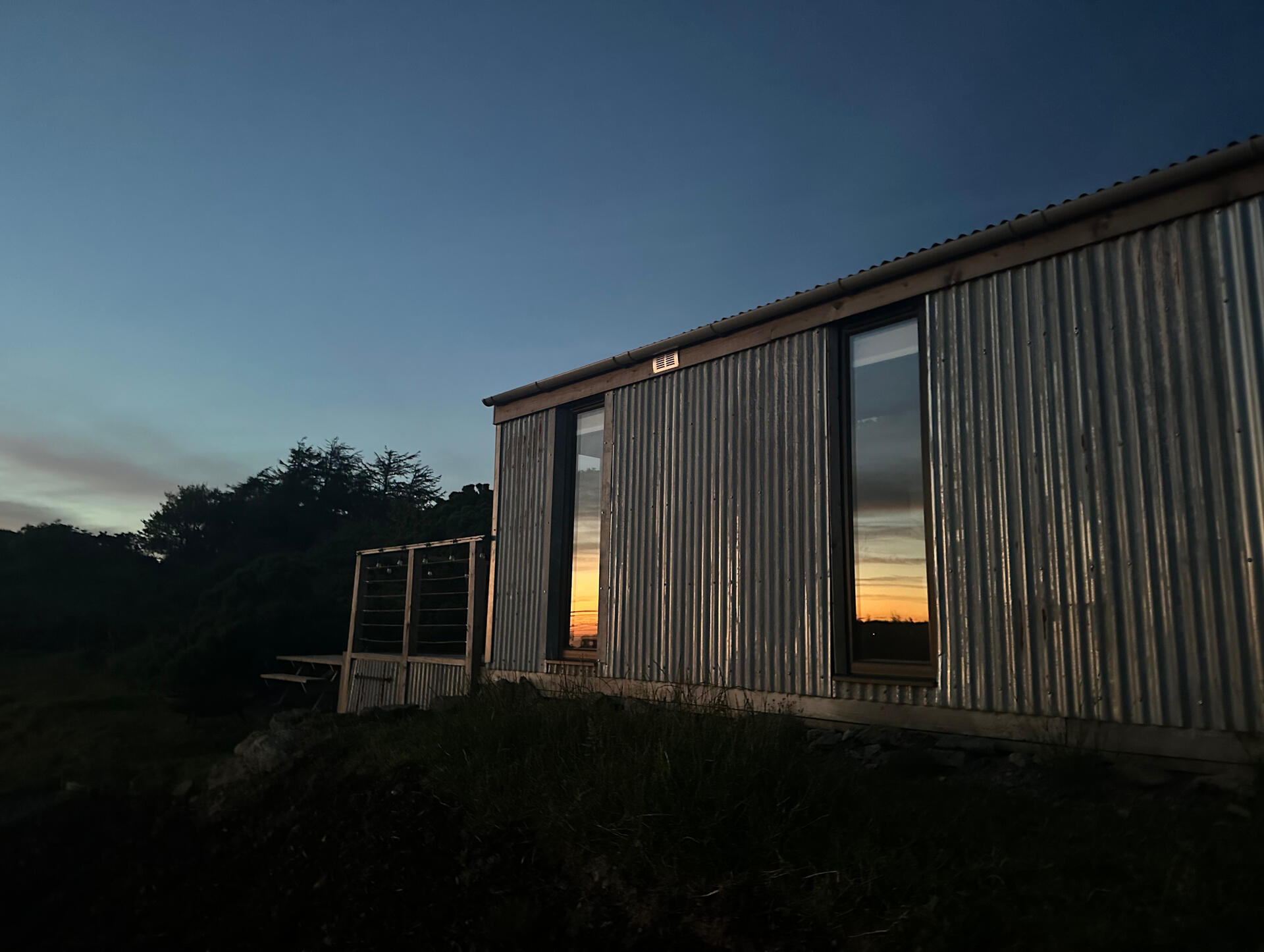
Located near Red Wharf Bay and just a 15 minute walk from the Wales Coast Path on Anglesey, the cabin provides a beautiful nature retreat and connection to the protected landscape around it.Experience true peace and tranquility in one of the most secret places in Wales.Enjoy locally grown and ethically reared produce, Wood fires, Beach and forest walks.The cabin makes a great base to explore the island and provides an ideal cozy bolt hole on the days when going outside isn’t so appealing.One Bedroom. Sleeps 2 AdultsLose yourself in the magic tranquility of Wales, in a luxury spacious cabin overlooking the bay of Traeth Bychan ‘Red Wharf Bay’ with fire pit, stunning views and starlit skies.From £150 p/n
Bookings are managed via AirbnbChecking in and how to find the cabin here
Conservation grazing Herd
We are passionate about producing sustainable food in harmony with nature. Here’s some of the most frequent questions we get asked…
What type of cattle do you have and How do you rear your cattle?
We have a herd of Shetland cattle which are a wonderfully hardy breed and we give them the freedom to free-range outdoors all year round. It takes 30 months to get them to the perfect size (most intensive commercial breed are slaughtered at 18-24 months). This slow growing process and natural diet lends the beef the fine marbling that gives our Shetland beef its incredible flavour and ensures that it stays tender during the cooking process. We think the taste will be better than you've ever experienced!What is the carbon footprint of your Herd?
Our beef herd in total produce approx. 23 tonnes of Co2 per year. However the land which we graze on covers an area of 40 acres and is a mix of grassland, hedgerows, woodland and wetland. The 40 acres of habitat sequesters 34 tonnes of carbon per year. As a result that’s a net of 11 tonnes of carbon sequestered per year.We calculated these figures using the widely recognised Farm Carbon Calculator: https://www.farmcarbontoolkit.org.uk/carbon-calculator-oldDoes your meat contain any additives?
Our beef, lamb and pork cuts do not contain any additives whatsoever.For our sausages, burgers and bacon our local butchers produces these for us, and normally there will be rusk and seasoning added. Please get in touch if you want to check any specifics.Do you feed any soya products to your livestock?
No our cattle are 100% fed on the land surrounding the farm. This is a mix of grassland, scrub, woodland and heath. We harvest haylage from the grassland in early spring and the cattle then feed on these bales during the winter.
Grazing 2.0 with the best Biodiversity Engineers
We use the no-fence digital collor system to help run our herd of rare-breed shetland cows.
The system enables us to graze large areas of hard to reach pastures, often with poor boundaries.Our shetland cows are ideal for grazing pastures and common land such as SSSI's and AONB's that have grazing agreements in place with the landowners to improve the bio diversity and habitat of a landscape.We like to contribute to regenerative farming ideas, discussions and grazing experiments.
We are looking for more grazing opportunities within Anglesey and North wales that require a small herd for short periods of the year.Please contact us directly for any no fence grazing advice, notes and our learnings of setting up and using the system. We are happy to support any projects you think we could assist with.
Nature friendly Produce reared in a sustainable way
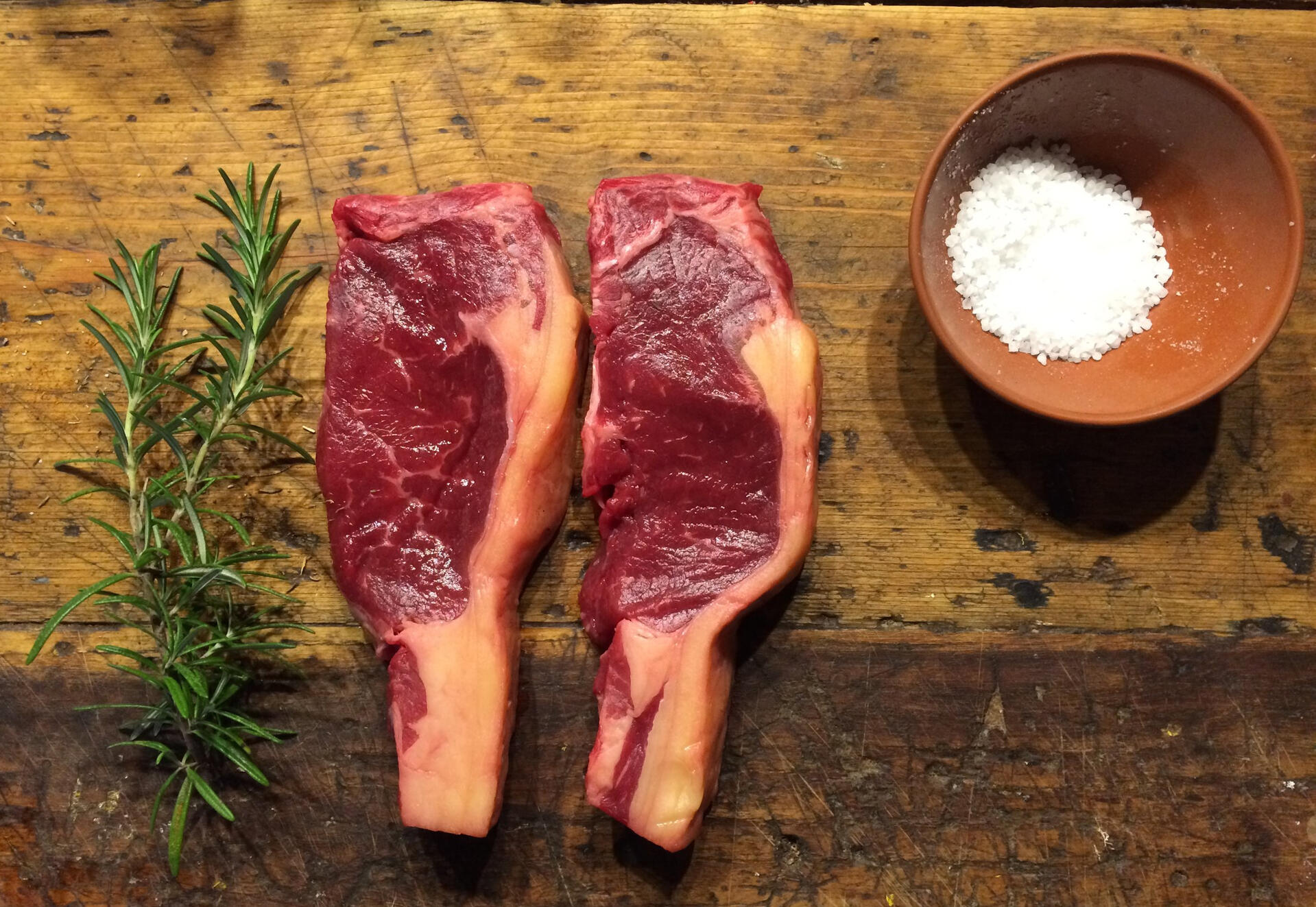
Produce available to purchase is listed below, and can be ordered via whats app for collection from the farm.We send you a payment link and confirm the collection date and time.Produce has limited availability at certain times of the year.
LAMBLamb Legs and shoulders are supplied to our local pub the Owain Glyndwr. See facebook page, to find out when they are next serving Lamb Dinners.- Stock coming soon -
BEEFAvailable for collection from the farm from the 17th August. Evenings and Weekends only.Ordering is via Whats app. Simply send your order, and we'll send you a payment link and confirmation for collection.
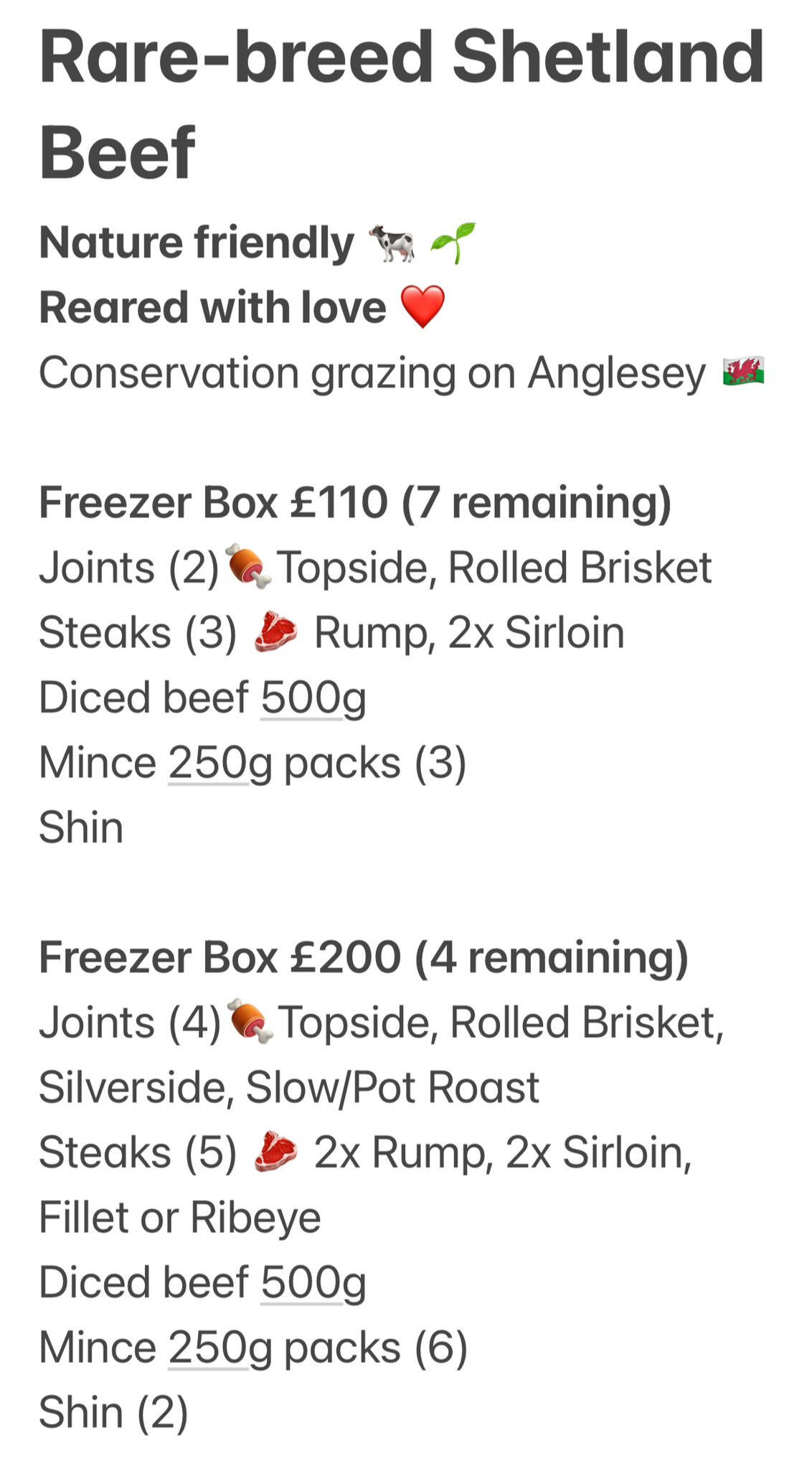
PorkSausages : £4/50 pack (6)
Pork Leg / Shoulder joints : £20- No available stock -
Receive a notification when produce is made available
F.A.Q
What size of joint should I order?
We’d the recommend the following:
2 people: 600 - 1kg
3 people: 1 - 1.5kg
4-5 people: 1.5 - 2kg
6-8 people: 2.2 - 3kg
9-12 people: 3.2 - 4.2kg
DIRECTIONS TO THE FARM
Llais Aderyn. Wern Y Wylan, Llandonna, Ynys Môn, Wales. LL58 8TRPlease don’t follow the postcode - you will end up on the far end of Pentraeth beach!
Map & Directions
The easiest way to find us is if you have google maps - just type in ‘Llais Aderyn’ and it will take you straight to us. Or follow this link to view in google maps:View us on google mapsThere are two routes to the farm when you arrive on Anglesey. Via Llansadwrn, or via Beaumaris.
If you’re unsure of where to go we’d recommend going via Beaumaris as it is a nicer drive :)
Directions via LlansadwrnFrom the Pentraeth road (A5025) turn right for Llansadwrn.
- At Llansadwrn turn left at the t-junction.
- As you head out of Llansadwrn turn right for Wern y Wylan and Llanddona.
- After about 2 miles you’ll get to a t-junction. Turn left for Wern y Wylan.
- After 1/2 a mile you’ll see a footpath sign marking a track on the left. Attached to the footpath sign you’ll see our house sign ‘Llais Aderyn’.Turn left down this track, drive for 3-4 minutes (careful it’s bumpy!) until you cross a cattle grid and just after this you get to the house. We are the house on the left with the wooden gate.Please park in the yard and not on the track.
Directions via BeaumarisDrive from Menai Bridge to Beaumaris on the A545.- When you get into Beaumaris, turn left for Pentraeth and Llansadwrn (B5109).
- At the top of the hill turn right for Llanddona.
- Just as you come into Llanddona (by the bus-stop and post box), turn left. Head up the hill, go past the left turn for Llansadwrn and Pentraeth, and after another 1/2 a mile you’ll see a footpath sign marking a track on the left. Attached to the footpath sign you’ll see our house sign ‘Llais Aderyn’.
- Turn left down this track, drive for 3-4 minutes (careful it’s bumpy!) until you cross a cattle grid and just after this you get to the house. We are the house on the left with the wooden.Please park in the yard and not on the track.
What3Words
If you use What3Words app, The farm yard is located at :https://w3w.co/consonant.cape.stored
OUR FARMING JOURNEY
Llais Aderyn farm on Ynys Mon is the hub for all our farming activities. We’ve been farming here for five years, and have been in the business for nearly a decade.Our absolute passion is for producing super tasty food that’s produced in harmony with nature.The Llais Aderyn posse - Helen, Ben, and Jac at that back
We believe in the fundamental idea that we, as humans, are part of the natural ecosystem, it’s just that on a global scale we’re definetly more of a taker than a giver.At Llais Aderyn we’re heading in the other direction - we produce our food in a way that builds biodiversity, rather than causing it to decline; that complements and helps nature thrive, rather than destroying it.These principles are beautifully summarised in this video by Caroline Grindod, where she talks about humans as keystone species:
How we farm
The fundamentals of what we do are grounded in the principles of Agroecology and Regenerative Agriculture.Once upon a time the accept view was that Great Britain was once covered in trees. Recent scientific research and understanding point to a very different picture.It was in fact a massively complex web of dynamic habitats - including woodlands, trees, grasslands and wetlands. This was as a result of the relationship between the habitats and the grazing herbiovers which at the time included wild cattle.These habitats would have been constantly evolving and adapting.The famous Dutch biologist and conservationist Dr Frans Vera describes it as a temperate savanna. A kind of scruffy parkland and open savannah type environment with lots of herbivores driving that ecology. Watch his talk at the Knepp estate conference here:
We are fortunate to have access to some 60 acres of land near out small farm, which includes a mix of scrub, braken, SSSI heathland, patchy woodland and wetland.Our mission is to use our cattle to replicate this natural ancient ecosystem dynamic - by allowing them to graze vast wild areas of land. By allowing them to move around that landscape in a natural way using their natural herd behaviours.This is not about re-creating the past (in other words re-wildling). Clearly our world is so changed that it would be impossible to do. But it is possible to use some of the drivers - like grazing animals - to kick-start more diverse, complex ecosystems.The practicalities of farming on wild land
The biggest challenge of grazing cattle on vast areas of land are two-fold. Firstly there is the risk of escapes and secondly being able to locate the cattle at any given time.Our cows regulary used to feature on the local community Facebook group: ‘does anyone know who’s cows these are?’Over the last few years we’ve been part of an exciting project to trial the No-Fence system. A cattle collar that enables you to create a virtual GPS fence for the herd and view their location on an app.
The trial is part of the Cwlwm Seiriol project, where we’ve been using the system to graze the unfenced SSSI Rhos Llaniestyn common situated just outside the village of Llanddona.Other basics you need for farming cattle in vast landscapes include:- Back-up portable water supplies when streams and ponds dry up.- A bucket trained herd - trying to herd cattle to one point over a vast area is fairly impossible.- A portable handling system to gather in the cows for things like battery/collar checks, welfare checks, TB tests, moving off-site and so on - we have around 8 cattle hurdles than can be pinned together, but it also helps if the site has a basic pen accessible from the road.The benefits for flavour
Currently at the scale we’re farming (quite small scale because we both have full time jobs in order to pay the farm mortgage!) we have anywhere between 6-10 cows in the herd at any one time.This allows us to produce two cows a year worth of beef - equivalent to around 400kg of meat.Because of the way we graze and also the type of breed (Shetlands), the beef we produce is incredibly flavoursome.Our customers say it’s really quite different to anything you will have tried before from your butchers or supermarket. The fine marbling gives it a tender texture, and the favour has been described as gamey, mellow and sweet.
It’s just not a product that you can buy in the mainstream.Every three or so years, we also produce a very very special batch off galacian style beef, which is just out of this world. The thing that makes this most unique is the age of the cow at slaughter - anywhere between 7 and 15 years old.This is really quite a rare and unique type of beef - raved about by foodies the world over. Netflix even made a documentary on it.
The benefits to the environment
There are many benefits to the environment from the way we produce our beef:The grazing techniques and physical disturbance stimulate a complex mosaic of habitats - giving a massive boost to biodiversity.The abillity to transfer nutrients and disperse seeds over a wide area through their dung also stimulates this complexity and diversity.Trampling of dominant species such as braken allows more diverse species to set-seed and expand - sich as heather and billberry.Under this patchy mosaic landscape, trees can establish under the protection of thorny scrub.The low stocking levels ensure that the amount of carbon absorbed by the habitat far outweight the low levels of methane emissions by the cattle.We farm in a similar way to the Knepp Estate. Listen to this podcast featuring the Knepps stockman Patrick Toe, to learn more about the benefits that grazing cattle in this way can bring to the natural environment.
Become part of our community
If your interested in what we do and want to get more involved or here more, here are some of the ways you can do that:Sign up to our community newsletter - to be notified about new batches of beef (and rare-breed pork), and notifications of new articles, news and events.Try our produceStay at our boutique Herdsman’s cabinGet in touch - we love to chat and share ideas.
CONTACTING US
Whatsapp:
+44 7764 484172
Please complete the form below to email us.
CABIN DIRECTIONS
Here is how to find us and check in at Llais y Môr Cabin.Directions
The easiest way to find us is if you have google maps - just type in ‘Llais Aderyn’ and it will take you straight to us. Or follow this link to view in google maps:View us on google maps
TO FIND THE CABIN
- You know you will have arrived at our small holding when you see our purple egg stall.
- Go straight on along the track past the egg stall, you’ll then cross a second cattle grid. Turn immediatly right up the hill and past the chicken coup and large shed on your left.
- Pass the big shed and continue up along the track through the field following the signs to the parking area next to the cabin.
- When you arrive at the cabin, you will see the key in the door for you. Please leave the key in the door when you leave.
FOLLOW THESE DIRECTIONS IF YOU DON’T HAVE GOOGLE MAPS
Directions via LlansadwrnFrom the Pentraeth road (A5025) turn right for Llansadwrn.
- At Llansadwrn turn left at the t-junction.
- As you head out of Llansadwrn turn right for Wern y Wylan and Llanddona.
- After about 2 miles you’ll get to a t-junction. Turn left for Wern y Wylan.
- After 1/2 a mile you’ll see a footpath sign marking a track on the left. Attached to the footpath sign you’ll see our house sign ‘Llais Aderyn’.Turn left down this track, drive for 3-4 minutes (careful it’s bumpy!) until you cross a cattle grid, and follow the directions above on how to find the cabin.
Directions via BeaumarisDrive from Menai Bridge to Beaumaris on the A545.- When you get into Beaumaris, turn left for Pentraeth and Llansadwrn (B5109).
- At the top of the hill turn right for Llanddona.
- Just as you come into Llanddona (by the bus-stop and post box), turn left. Head up the hill, go past the left turn for Llansadwrn and Pentraeth, and after another 1/2 a mile you’ll see a footpath sign marking a track on the left. Attached to the footpath sign you’ll see our house sign ‘Llais Aderyn’.
- Turn left down this track, drive for 3-4 minutes (careful it’s bumpy!) until you cross a cattle grid, and then follow the directions above on how to find the cabin.
